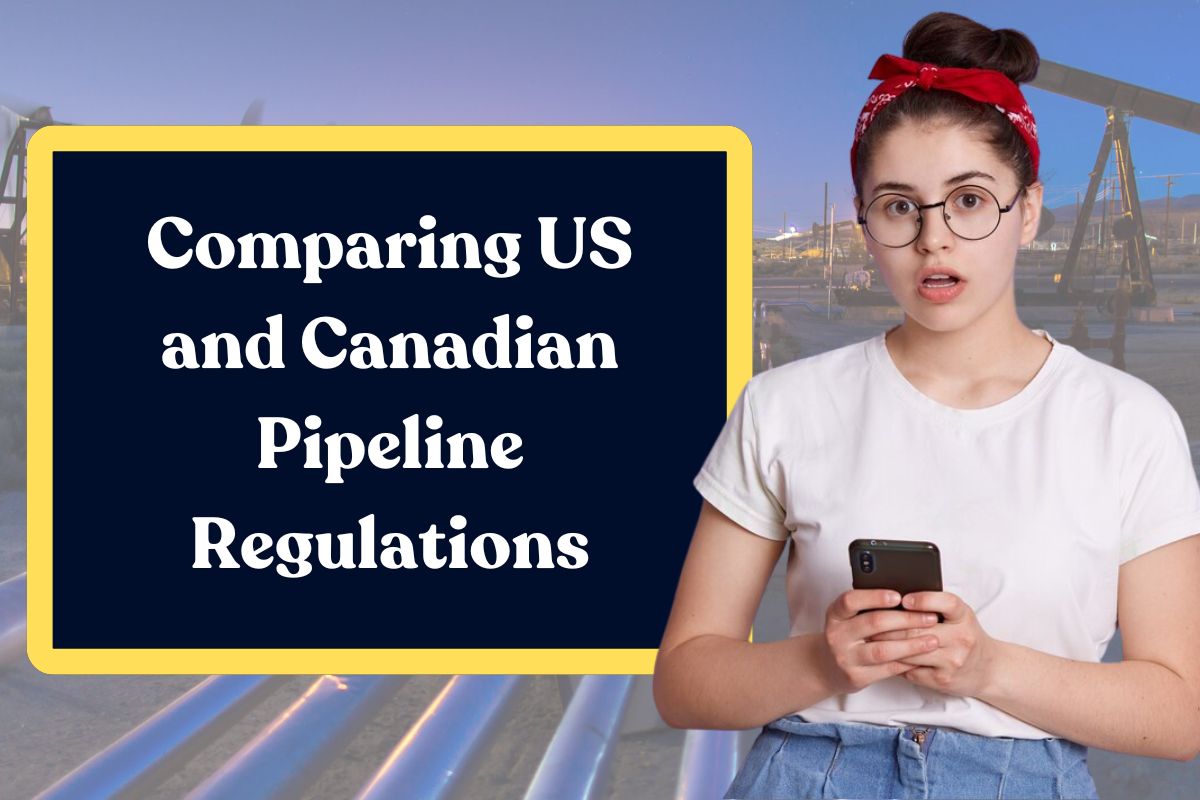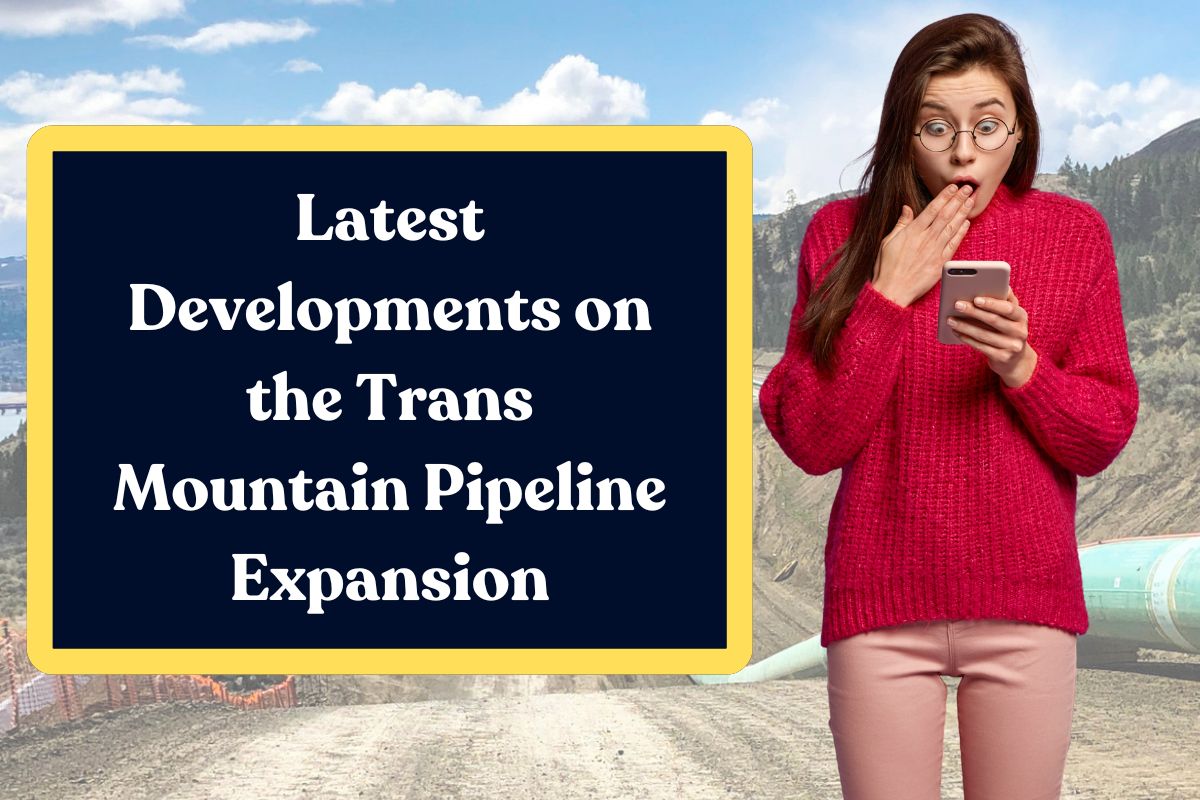The US and Canada are both countries that have 450000 kilometers of pipelines that play an important role in North American energy Security. Mainly, these pipelines play the role of transporting oil and gas, which requires a regulatory body for the safe flow of oil and gas. A regulatory body takes care of the maintenance, quality, and inspection.

Sometimes, even two different countries collaborate and cooperate, like PHMSA and CER have signed a memorandum to exchange staff, technology in case of any emergency.
Comparing US and Canadian Pipeline Regulations
The Pipeline and Hazardous Materials Safety Administration (PHMSA) is a department of the United States that takes care of transportation. A few of its responsibilities are given below:

Regulating the Transportation
PHMSA takes care of the transportation facilities that carry hazardous materials through pipeline, road, and rail. Regulating the pipeline that carries the oil and gas is necessary because any negligence may cause massive destruction. Apart from it, they provide training to the local people as an emergency responder under the Hazardous Material Emergency Preparedness grant program.
Introduce regulation:
If PHMSA feels that the existing regulations are not working, then they can introduce new regulations or they can make changes to the existing policy. They introduce national policies and ensure that the standards are met to prevent deadly incidents. Before introducing any changes safety department conducts research and identifies the area that needs improvement, and then takes action to introduce the policies.

Protection from hazardous material:
A pipeline that carries hazardous material can harm the environment and people, so PHMSA protects them with quality checks and inspections. To reduce the risk of danger, they provide the proper measurements. PHMSA develops the emergency plan and conducts the training for the emergency.
Pipeline safety:
They make sure that the pipelines that have been used are meeting the safety standards and construction work is up to the mark. Low-quality material in a pipeline can lead to rust and leakage, which is harmful to the environment and people.

Collaboration:
PHMSA collaborates with different industries to make sure that they are getting a high-standard product, which includes labeling, packaging, and emergency responders. Collaboration also helps them in keeping pace with the changes in technology.
Regulatory Body of Canada
The Canada Energy Regulatory is an official agency that comes under the Natural Resources Canada portfolio. The core duties are to take care of the pipeline that carries the oil and gas. It was established on 28 August 2019, and earlier it was known as the National Energy Board. The following are the roles and responsibilities it carries:

Documentation:
The CER is responsible for all the documentation related to the oil and gas pipeline projects. Apart from it approves the license, supervises, and regulates the activities. It ensures that all the projects are meeting the Canadian law.
Material:
It is responsible for checking the material quality, operations, and construction work. In case of finding any loophole, they take a transparent decision and recommend the changes for the power line, offshore renewable energy projects, and abandonment of pipeline projects.
Economic Regulation:
CER wants companies to have sufficient funds in their account for future mishappenings and incidents. Apart from it regulates the toll and tariffs related to the pipeline, and makes sure that the imposed tariffs are reasonable.
Data and project review:
The CER analyzes the projects and gives its suggestions and recommendations related to the safety and environment. Sometimes, CER collects the data of the project for performance review, which includes the online assessment.
Canadian Standard Association:
CER makes sure that all the projects are meeting the standard Criteria set by the Canadian Standards Association. Pipeline projects have to meet the CSA Z6662 also for safety purposes.
Need for the Pipeline Regulatory Bodies:
Different countries have different regulatory bodies, but the need to have a regulatory body is the same for every country. Given below is the breakdown for better understanding:
Provide Public Safety:
It ensures public safety as it regulates the project from start to end, which includes the design of the pipeline, material, and quality of the pipeline, as they can catch the rush. Proper regulations minimize the chances of leakage and break of the pipeline, which prevents future disruption.
Environmental Impact:
Before approving any projects, Regulatory bodies visit the site of the project to make sure it is not harming the environment in any way. Because pipeline construction needs so much land and the land may come under the indigenous people.
Monopolis:
Regulatory bodies decrease the chances of a monopoly by imposing tax regulations on the pipeline. The different measures to prevent monopoly are antitrust laws and price controls. In Addition, regulatory bodies check the reports of mergers and acquisitions that can harm the public interest.
Damage Prevention Program:
It assists in case of any damage and also conducts the prevention program that can reduce the chances of any loss. Apart from that, they provide safety from third-party action, like excavation near the pipeline or any other construction work.
Final Thoughts
Every country needs some regulatory bodies to check the process related to its fieldwork. In the same way, both Canada and the USA have their own regulatory bodies for pipeline assessment that make sure that the project is not harming anyone from a societal and environmental perspective.
If needed, they can inspect by visiting the site. Regulatory bodies are the essential part of any process because they check if the projects are safe and reliable from a public and environmental perspective.






